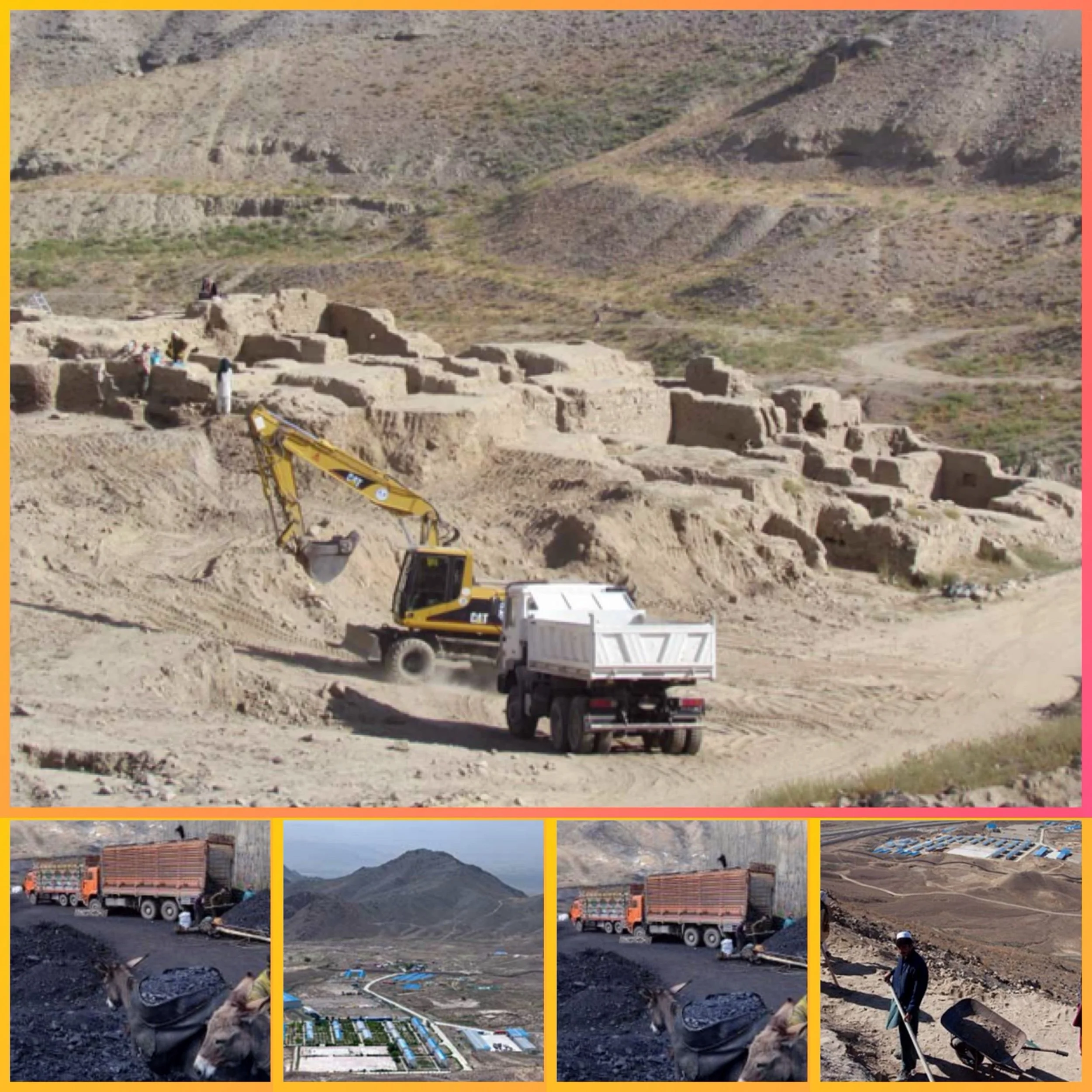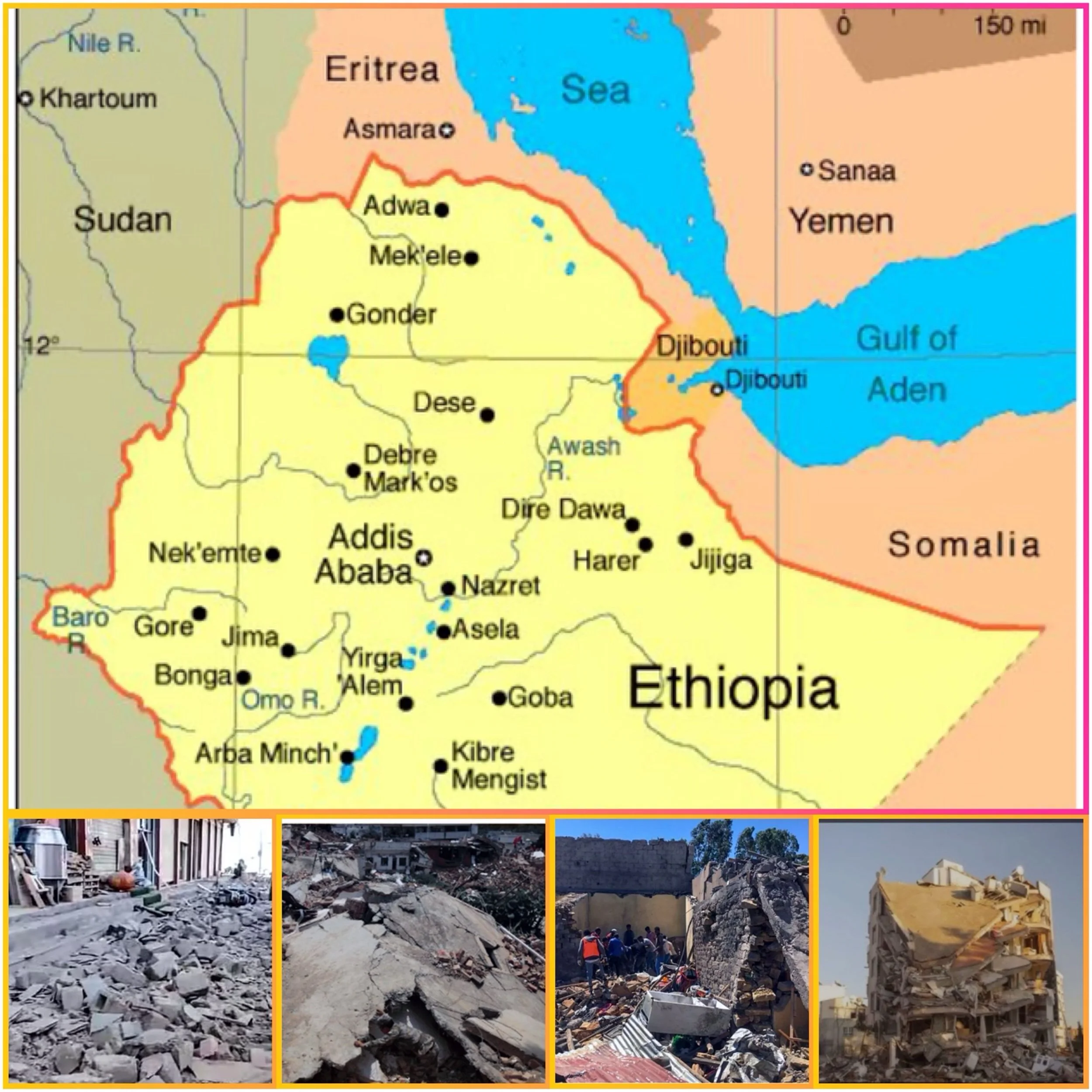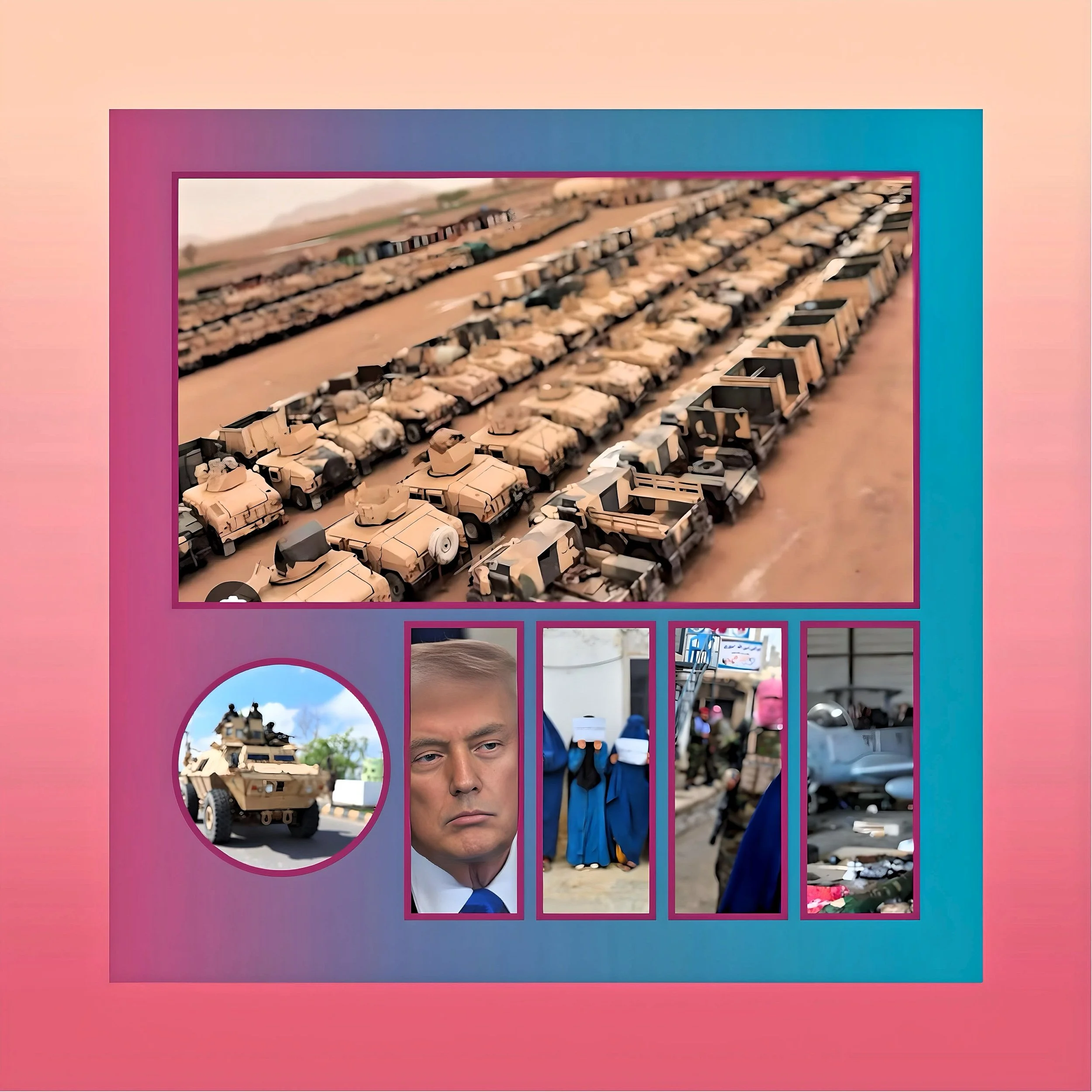Mining in Afganisthan by China
Introduction
China has shown significant interest in Afghanistan’s mineral resources, particularly since the Taliban takeover in 2021. While there have been several announcements and agreements, the actual progress on the ground has been limited due to various challenges. Here’s an overview of China’s mining pursuits in Afghanistan:
Major Projects and Agreements
Mes Aynak Copper Mine
In 2008, China Metallurgical Group Corporation (MCC) secured a $3 billion, 30-year mining concession for this massive copper deposit.
After 16 years of delays, construction of a road to the mine site began in July 2024, marking a potential revival of the project.
Amu Darya Oil Basin
In January 2023, a 25-year contract was signed with Chinese company CPEIC for oil extraction, with an investment of over $540 million.
Lithium and Other Minerals
In April 2023, Chinese company Gochin reportedly offered to invest $10 billion in mining minerals, including building a lithium ore processing plant.
The Taliban announced seven mining contracts worth $6.5 billion in August 2023, involving Chinese partners among others.
Challenges and Skepticism
Despite these agreements, several factors hinder actual progress:
Security Concerns
Ongoing instability and potential terrorist threats make large-scale investments risky.
Lack of Infrastructure
Afghanistan’s poor infrastructure poses significant challenges for mining operations.
Regulatory and Legal Issues
The absence of a comprehensive regulatory framework and effective oversight complicates mining projects.
Historical Precedent
The Mes Aynak project’s 16-year delay has created skepticism about the feasibility of such ventures.
China’s Strategic Approach
China’s interest in Afghan minerals appears to be part of a broader strategy:
Long-term Positioning
China may be securing mining rights now to ensure future access when conditions improve.
Geopolitical Influence
Mining agreements serve as a tool for China to build relationships with the Taliban and extend its regional influence.
Economic Interests
Afghanistan’s mineral wealth, especially lithium and copper, aligns with China’s needs for its green energy transition and manufacturing sectors.
Belt and Road Initiative
These investments fit into China’s broader Belt and Road Initiative for regional connectivity and influence.
Conclusion
While China has made significant moves to secure mining rights in Afghanistan, actual large-scale mining operations have yet to materialize. The situation remains dynamic, with both opportunities and substantial challenges for Chinese involvement in Afghanistan’s mining sector.






